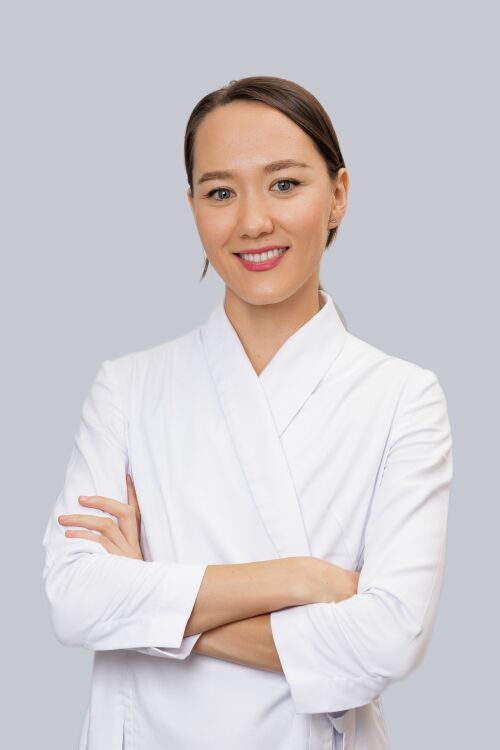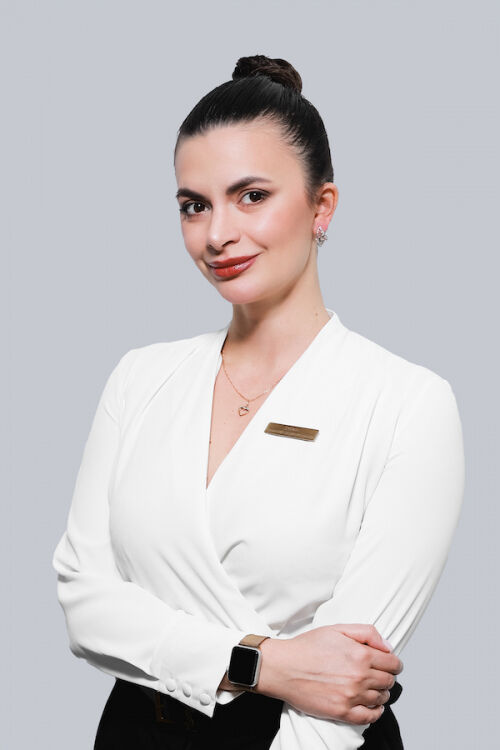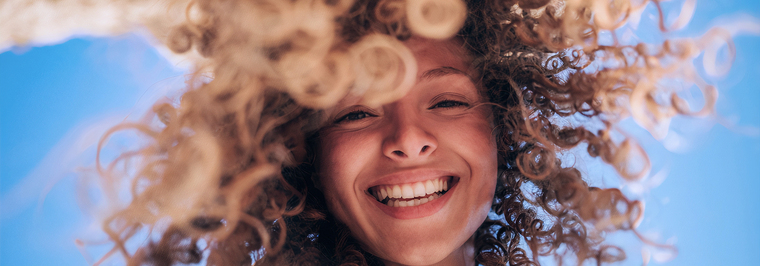Usually, the tooth is removed along with the root system. However, in some cases, the roots can remain inside the jawbone and gums, leading to pain and the risk of infection. This can happen if the tooth is lost:
- due to caries or another disease;
- as a result of trauma.
Other indications for removal include:
- high tooth mobility due to periodontitis – inflammation of the periodontium, i.e., the tissues surrounding the tooth;
- a cyst or granuloma that can no longer be treated without extracting the root system;
Issues with wisdom teeth – especially if they are impacted or dystopic, i.e., not fully erupted or improperly positioned.
- The above conditions threaten oral health. Also, tooth roots must be removed before prosthetics, implantation, or installing orthodontic constructions used for bite correction. Root remnants can remain not only after the tooth is destroyed due to disease or trauma. In some cases, they remain in the gum due to insufficiently high-quality work by the dentist who performed the tooth extraction. There are symptoms that indicate such a possibility. These include:
- pain – normally, it should gradually go away on its own, but sometimes patients complain that it does not stop and even intensifies;
- swelling, inflammation of the gum – also should pass on their own, but sometimes this does not happen;
- plaque in the place where the postoperative socket is located;
- increased temperature;
- unpleasant smell from the mouth;
the appearance of pus – especially characteristic of the late stage.
- It is important to know that the root will not disappear on its own. It will become a focus of chronic infection. If the decay process has started, this is fraught with particularly serious complications. Extraction can be:
- emergency – in case of trauma, in case of purulent inflammation, severe toothache;
- planned – in all cases when it is possible to plan the surgical intervention in advance.






































_700x550_ac7.jpg)






